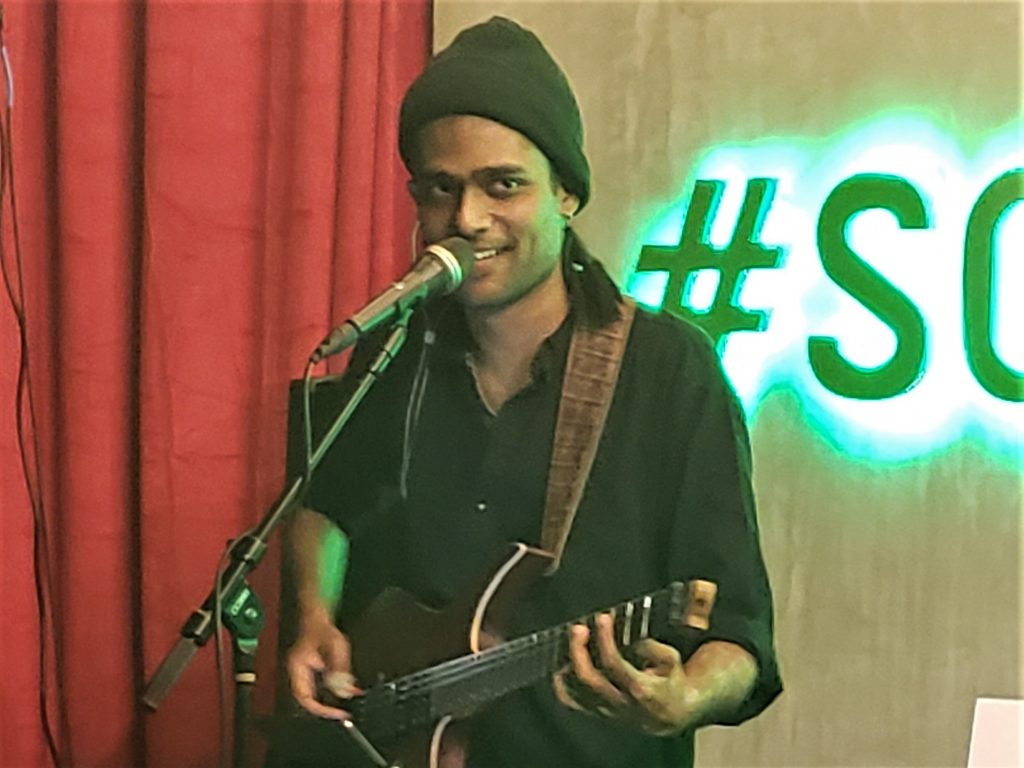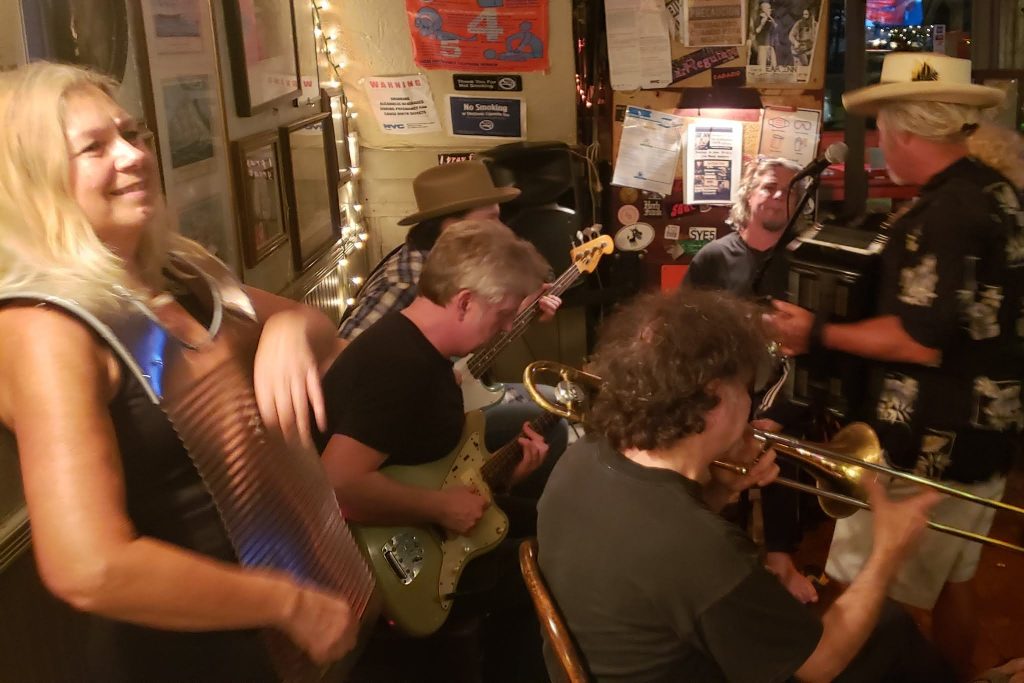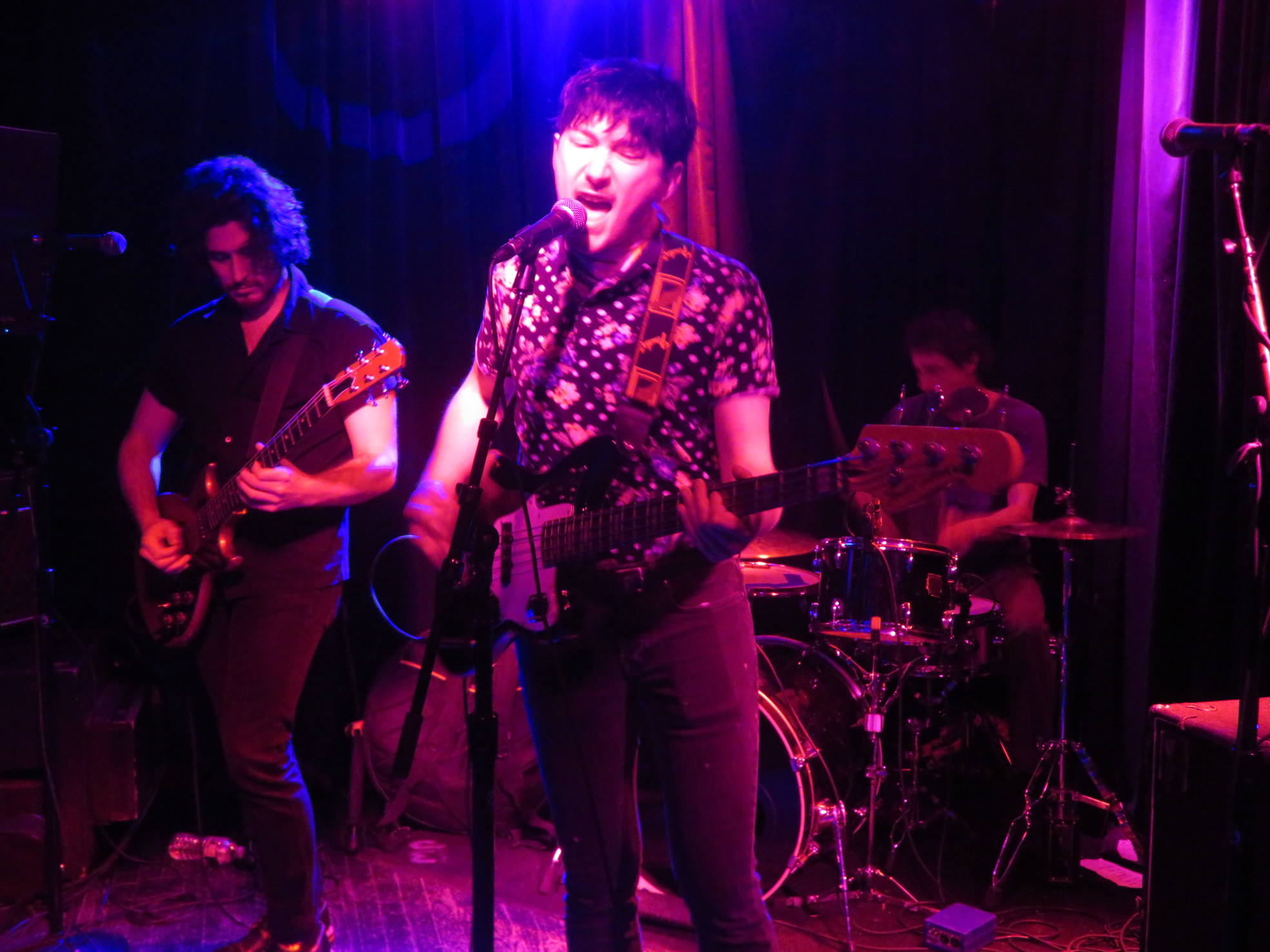BY EVERYNIGHT CHARLEY CRESPO | The Mayor’s Office of Media and Entertainment created the Office of Nightlife in 2017, which published its first report this week.
The 162-page document presents a record of the activities of the first three years of this new office, including its response to COVID-19, as well as almost two dozen recommendations for the future. Although the exhaustive work covers a plethora of subjects, only one page has attracted media attention. Among its many suggestions, the report proposes experimentation with the creation of 24-hour alcohol-serving “entertainment districts.”
“REPORT: 2018 – 2021” says on Page 136, “Cities around the world are expanding the way institutions and businesses can operate at night, as limitations on closing hours have pushed late-night activity to unlicensed venues, sometimes coming into conflict with residential uses. Uniform closing hours for nightlife businesses can result in groups of people congregating in the street, elevating tensions between patrons and residents. In residential areas, nightlife and music venues can create noise and attract traffic that draws complaints from neighboring residents. Allowing 24-hour use in specified districts, if implemented properly, can help people to move at their own pace and reduce conflicts.
“Amsterdam began allowing nightlife venues to apply for 24-hour licenses in 2012, developing strict criteria for potential applicants that included cultural significance, accessibility to public transportation, and locations without ‘inconvenience to local residents.’ Applicants were also asked to demonstrate commitments to offer additional daytime, midweek programming with community benefits. Approximately a dozen venues hold this extended-hours permit, which allows for safer, more coordinated late-night activity throughout the city.”

The Office of Nightlife recommends identifying potential areas with low residential density where a limited 24-hour program might be tested, allowing late-night activity to operate free from nuisance complaints or other conflicts. As its next steps, the Office of Nightlife will work with the Department of City Planning and other agency partners to explore potential areas for the implementation of this proposal.
The report also includes recommendations to support New York City nightlife in the future. These items largely have escaped mention by the media. The recommendations include:
-
- Offering a one-stop-shop approach to licensing venues
- Reforming how complaints are assessed
- Creating incentives for improved soundproofing
- Promoting consent awareness and harm-reduction programs
- Creating programs to support independent venues and events
Late shows have been a staple of music venues for decades. Beginning in 1968, the Fillmore East routinely sold tickets for shows where the first of three bands began at 11:30 p.m. After the Fillmore East closed in 1971, the Academy of Music and the Palladium followed the same late-show tradition. Steve Paul’s Scene, Unganos and the Bottom Line, all popular music clubs in the 1960s and 1970s, had concerts starting 11:30 p.m. almost nightly. For the most part, major headliners stopped playing midnight shows by the 1990s, but Downtown music clubs continued thriving on late-night and early-morning clientele.

In recent months, Downtown music clubs have begun recovery from their extended pandemic closures. New York State first required alcohol-serving restaurants to close by 10 p.m., then 11 p.m., then midnight. These clubs can now stay open as long as local regulations and licenses allow.
Most venues hosting live music to outdoor audiences shut the speakers by 10 p.m. Many venues with indoor audiences are finishing around midnight, but this is gradually expanding. Sour Mouse NYC will have a live band play until 1 a.m. on Friday nights, and the Red Lion on weekends has bands that take the stage at 1 a.m. and play until 4 a.m.
Residents in these and other neighborhoods already are reacting proactively to the one page in the Office of Nightlife report. For decades, the community boards for the East Village, Lower East Side and Greenwich Village have responded negatively to the State Liquor Authority’s prolific authorization of liquor licenses in their communities, for instance.
Residents in these areas regularly complain in community newspapers and social media that the saturation of liquor licenses underneath their windows has created noise, congestion, crime and litter that detrimentally impacts the quality of life there throughout the night. Community groups like the Lower East Side Dwellers have stated that their residential areas are already a 24-hour adult playground.
The Office of Nightlife’s request for 24-hour entertainment districts may remain in the discussion stage for years before any real movement is made. Its first test will be with the new administration that enters City Hall on Jan. 1. The discussion may well be entertained by several administrations before anything happens.
For more of Everynight Charley Crespo’s coverage of the city’s live music scene, check out his blog, The Manhattan Beat.


ALCOHOL THEME PARK – COURTESY ARIEL PALITZ !!!
Totally agree with JS. You might want to join tenantson6@gmail.com who are working to combat this latest assault on the quality of life in the East Village.
TERRIBLE IDEA!!!!! The latest nightmare in our communities are rooftop and backyard parties. So far, nothing is being done about these cacophonous nightmares. In fact, this out-of-control nightlife has gotten so bad that it is forcing people to move. It is unfortunate that Community Board 3 has become seriously weakened with the loss of Alexandra Militano, who was the chairperson of the SLA Committee. Under her leadership, this committee had kept the spread of this disastrous nightlife in check.
Sure, and who is the head of the Office of Nightlife that came up with this bright idea? Ariel Palitz, the owner/manager of the (now-closed) noisiest and most troublesome bar in the East Village. I’d also like to know who is part of her “team” that deduced that 24-hr drinking would be beneficial to NYC and not be troublesome. What are their qualifications (ex-bartenders and fellow party people?) and what methods did they use to come to this conclusion?
Let’s face it — 24-hr drinking will be a magnet for the lowest common denominator of tourists for NYC.
TERRIBLE IDEA!!
Simply OUTRAGEOUS idea. NO ONE benefits from this idea…except the screaming, out-of-control drunk people who come into “The City” on the weekends.
WE THE PEOPLE live here…and don’t need anymore insanity. We have a right to a peaceful existence in our homes…whether living in a “more populated” or “less populated” area of Manhattan.
Ambulances, fire trucks, garbage trucks, police cars dominate our overnight sleep times.
During the day, we are barraged by homeless, drunks, gangs, knives, guns and thieves.
THE CITY IS GOING DOWN THE TUBES.
most dem run cities are pits of hell. progressive means taking away your right for privacy & quality of life. not sure if the new mayor is on this issue. anyone know? maybe its time to contact his office.
Rights of residents come first. NO! to 24-hour alcohol entertainment zones. NO! to the Disneyfication of New York as well as NO! to pop-up rock bands on residential streets wailing Janis Joplin, tuba-trumpet-drum ragtag ensembles, and singers ensconced with microphone, astroturf and folding chairs. Just how do the residents of the West Village benefit from such an assault?
the article was ridiculous. i lived one block east from the fillmore 1968 august – june 1970. i heard nothing in my apt – silence. even outside, sound was muffled. fillmore & steve paul’s scene were IN-door events. if there is a place for 24/7 blasting music, it should be nowhere near residential areas. desolate.